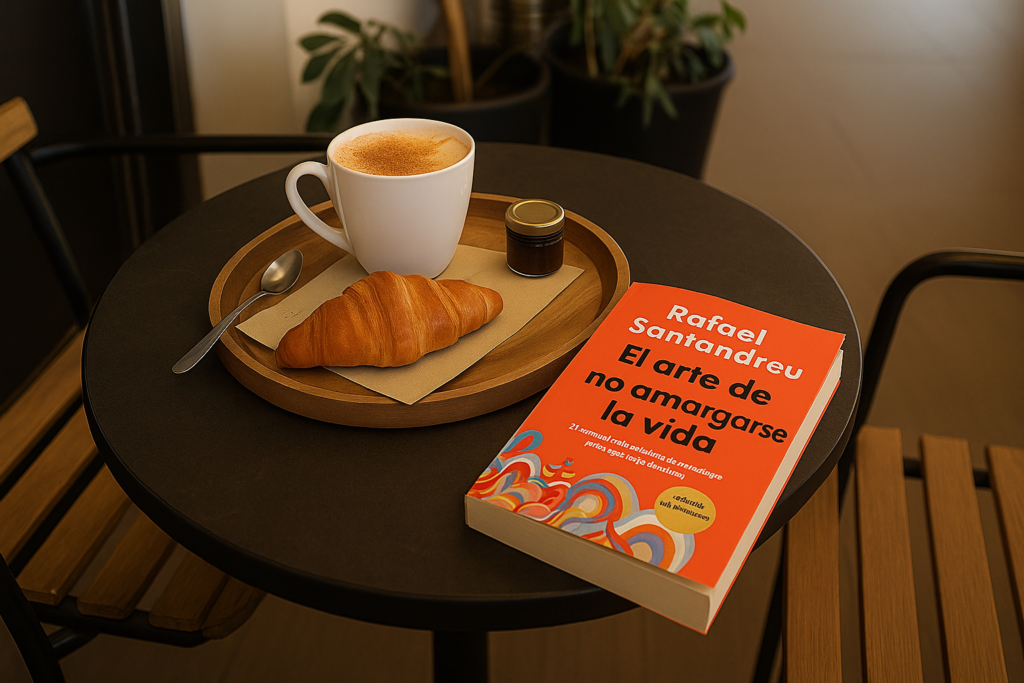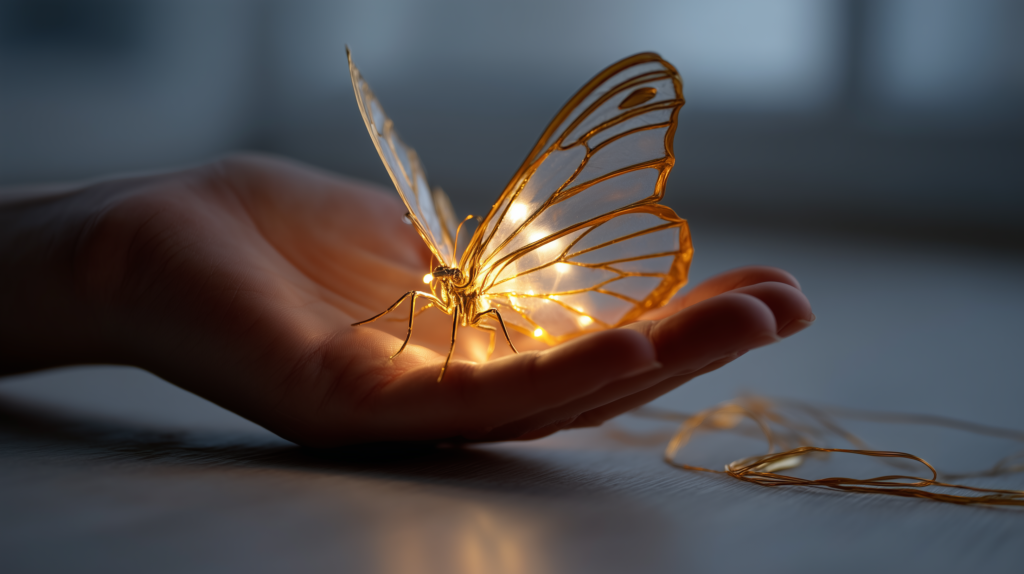
A Rational and Liberating Dive into Cognitive Psychology for Everyday Life

1. The Invisible Drama of the Modern Mind
We live surrounded by material comfort, endless information, and freedom of choice. And yet, we’ve never spoken so much about anxiety, burnout, helplessness, and this drifting sense of never being good enough. It’s as if we’re carrying an invisible stone inside our minds: impossible internal demands, imagined fears that never come true, and constant self-judgment.
It was in this context that I discovered El arte de no amargarse la vida, by Spanish psychologist Rafael Santandreu. This is not just another self-help book filled with pretty quotes and magic formulas. It’s an invitation to a complete mental re-education, rooted in the cognitive psychology of Albert Ellis, enriched with modern Stoicism and powerful real-life stories.
Santandreu argues that unnecessary suffering is not inevitable. It can be unlearned. It can be dismantled. And more importantly: it is optional — if we learn to think clearly.

2. The Key Lies in Thinking, Not in Circumstances
The book’s core premise is radically simple: it’s not events that harm us, but how we think about them. Losing a job, being rejected, or receiving a tough diagnosis are painful events — but the level of suffering they trigger depends on how we interpret them.
Santandreu explains how our “automatic thoughts” make us emotionally sick. Rage, anxiety, and deep sadness are often the product of distorted ideas like: “I can’t handle this!”, “This is unbearable!”, or “If this happens, my life is over.”
He breaks these beliefs apart with sharp logic — not denying real pain, but showing how much it can be softened by changing how we think.
3. The Invisible Enemy: Terribilization
One of the book’s most transformative concepts is terribilization — the tendency to turn normal frustrations into internal disasters.
Santandreu teaches that in today’s world, very few things are truly “terrible.” Most of what causes us suffering are discomforts, not tragedies. But when we label them as unbearable, our bodies react as if we’re under attack.
Reading this, I realized how often I did this in my own mind. Minor frustrations became “proof of failure.” Harmless comments became “personal insults.”
Santandreu taught me to ask: What if this isn’t a big deal? That simple question opened the door to a lighter experience of life.

4. Desire Is Not Necessity
Another key lesson is the distinction between wants and needs.
We can want something deeply — but that doesn’t mean we need it to be happy. That shift in mindset is incredibly freeing.
Of course we want love, stability, and recognition. But do we need those things to be well? No. It’s enough to be alive and mentally capable. That’s the foundation of inner freedom.
Santandreu often evokes the image of a happy monk who owns nothing — but possesses everything: mental peace.
The philosophy of “I want, but I don’t need” shrinks attachment, fear of loss, and the desperation to win. It shifts our axis from external control to internal responsibility.

5. Fear, Self-Esteem, and Radical Acceptance
Santandreu shows that fear is almost always irrational. We fear judgment, failure, suffering, death… but when we logically explore the worst-case scenario, it’s rarely as terrifying as we imagined.
Facing fears with clear reasoning dissolves their grip.
He also redefines self-esteem. Instead of performance-based worth, he offers unconditional self-esteem: all human beings have the same intrinsic value, simply by being human.
We don’t need to prove anything to be worthy of respect and wellbeing.
This radical acceptance is the heart of Santandreu’s message. It softens perfectionism, comparison, and fear of other people’s opinions.
Accepting yourself as you are is not resignation. It’s the foundation of genuine growth.
6. Relapses Are Part of the Journey
One of the book’s most honest aspects is how it handles relapse. Santandreu affirms that real psychological change always includes setbacks. They’re part of the consolidation process, not signs of failure.
He compares it to learning an instrument: progress includes some backsliding.
This perspective helped me deeply. I was frustrated for still feeling anxiety or irritation, even after understanding the book’s concepts. But I saw that transformation isn’t linear.
It’s a daily practice — one that requires patience, repetition, and courage.

7. Conclusion: Thinking Better Is Living Better
El arte de no amargarse la vida is a book that blends clarity, depth, and practical use. It doesn’t promise a life without pain — but it does promise a life with less self-inflicted suffering.
It invites us to rethink our internal demands, our automatic thoughts, and how we relate to the world.
For me, reading it felt like opening a window in a stifling room. I haven’t walked out completely yet — but I see the view.
And the decision to step into a lighter, more logical, and more human life is mine.
And yours, too, if you want it.
Epilogue – A Book That Doesn’t End on the Last Page
This is not self-help with cute quotes and false comfort.
El arte de no amargarse la vida is a book that — if read honestly — shakes your mental foundation. It unsettles you before it comforts you. It’s direct, thought-provoking, and above all: useful.
You might read it and think, “This is obvious.” Or, like me, you might realize: one thing is to know something — another is to live by it.
If you feel your joy slipping away for no clear reason…
If you’re tired of an inner critic that never stops…
If your emotional suffering seems heavier than your actual circumstances — this book could be a turning point.
It’s not about being “positive.” It’s about stopping the unnecessary drama.
And that alone can change everything.






